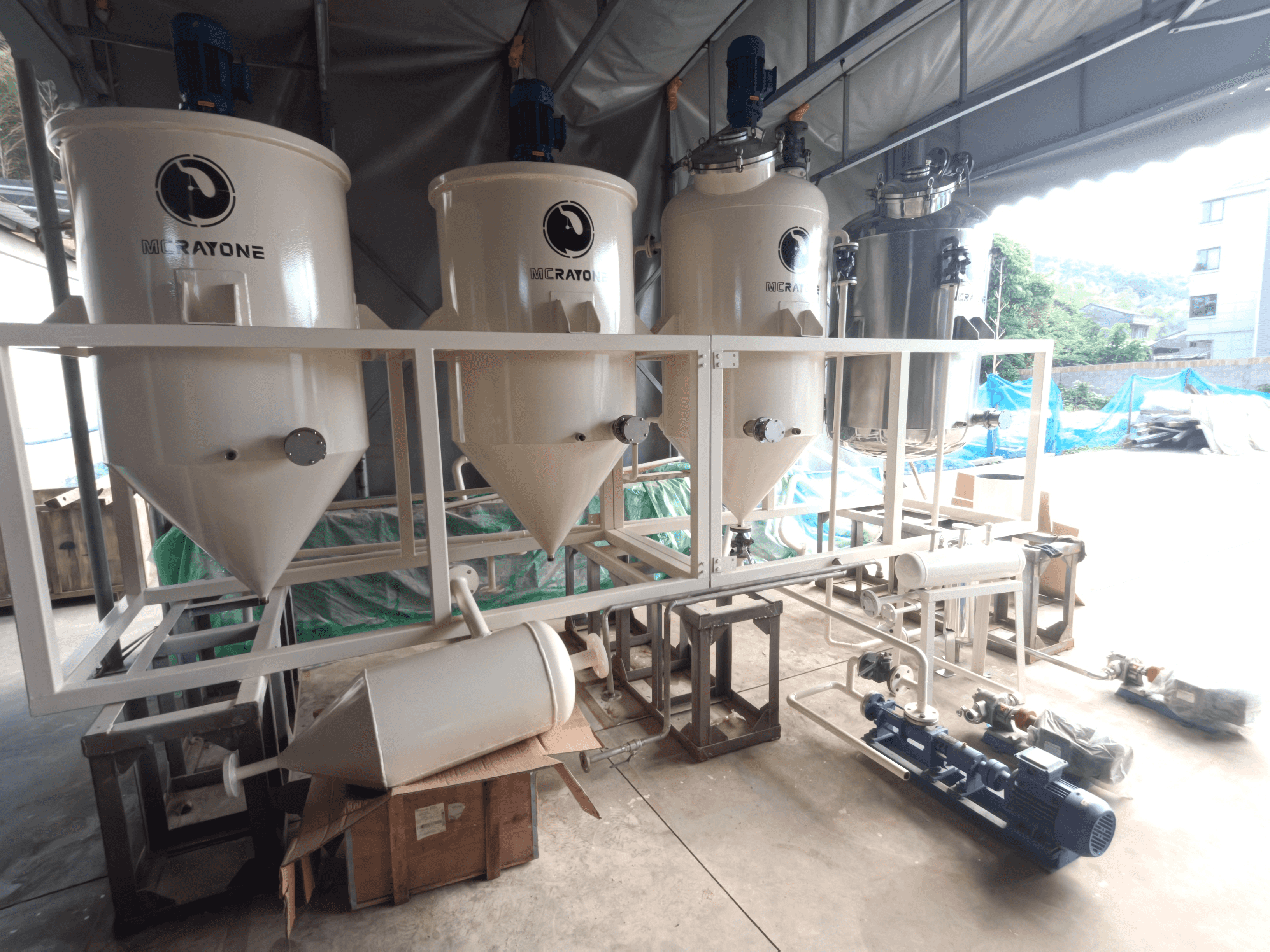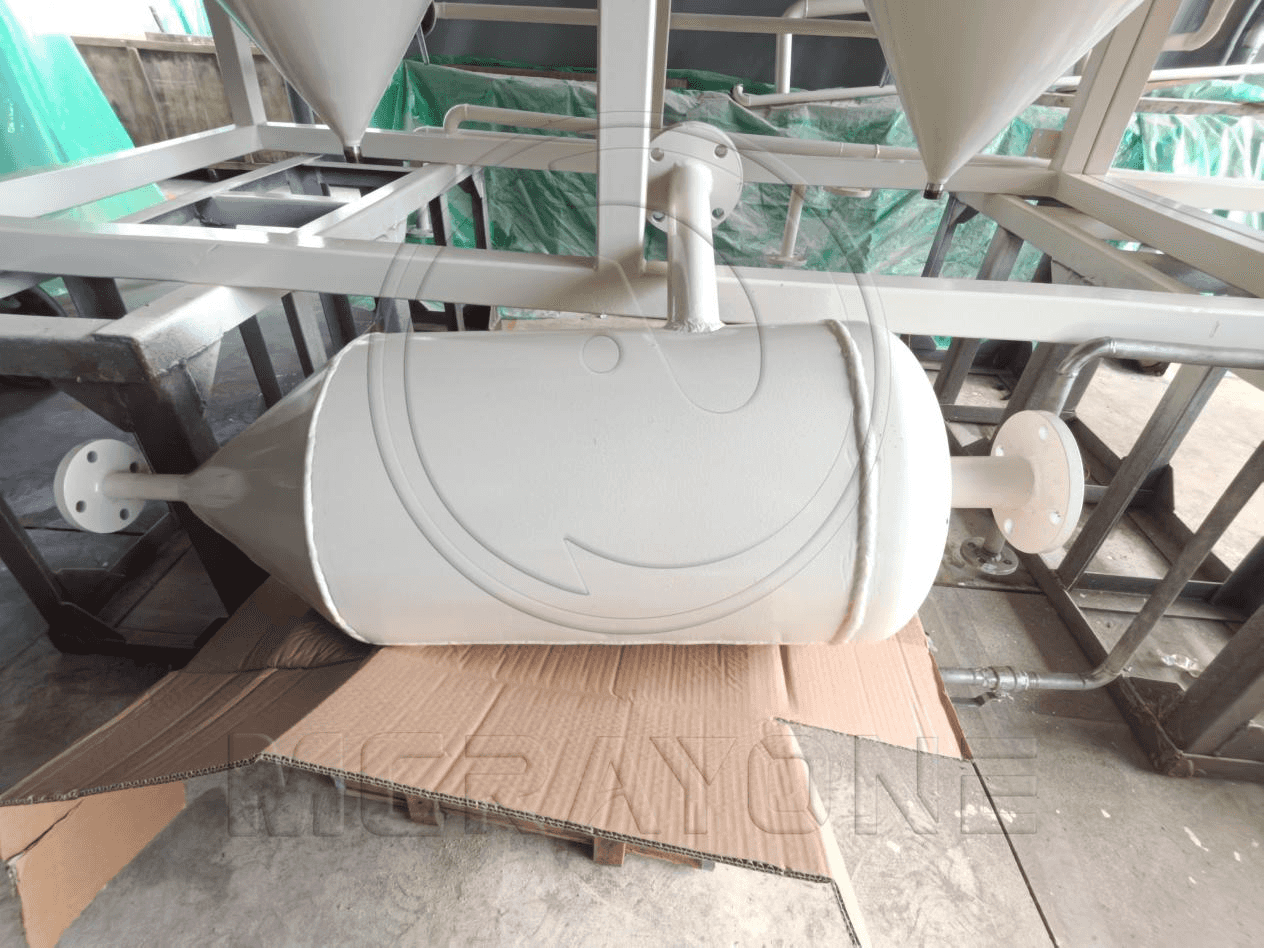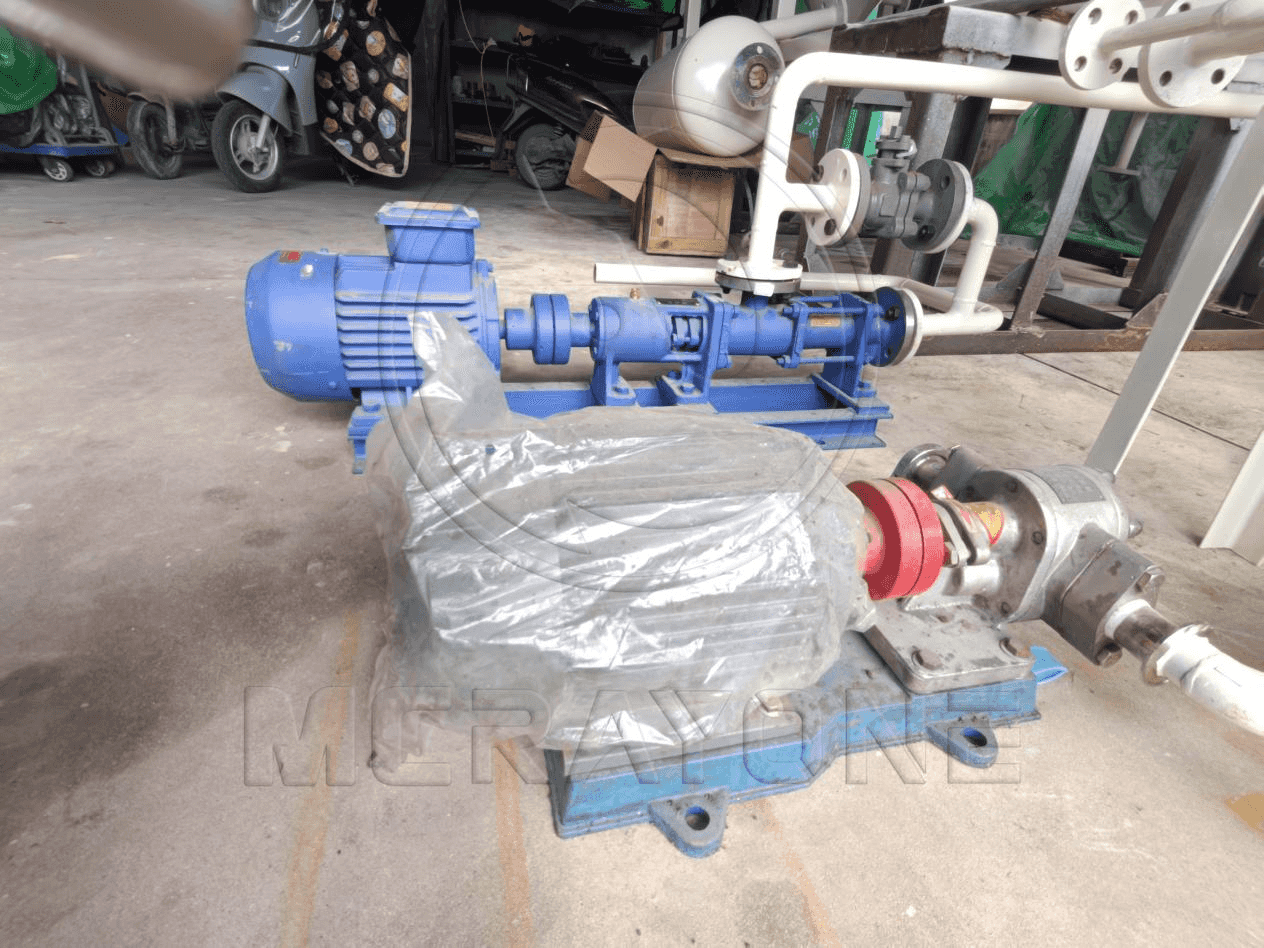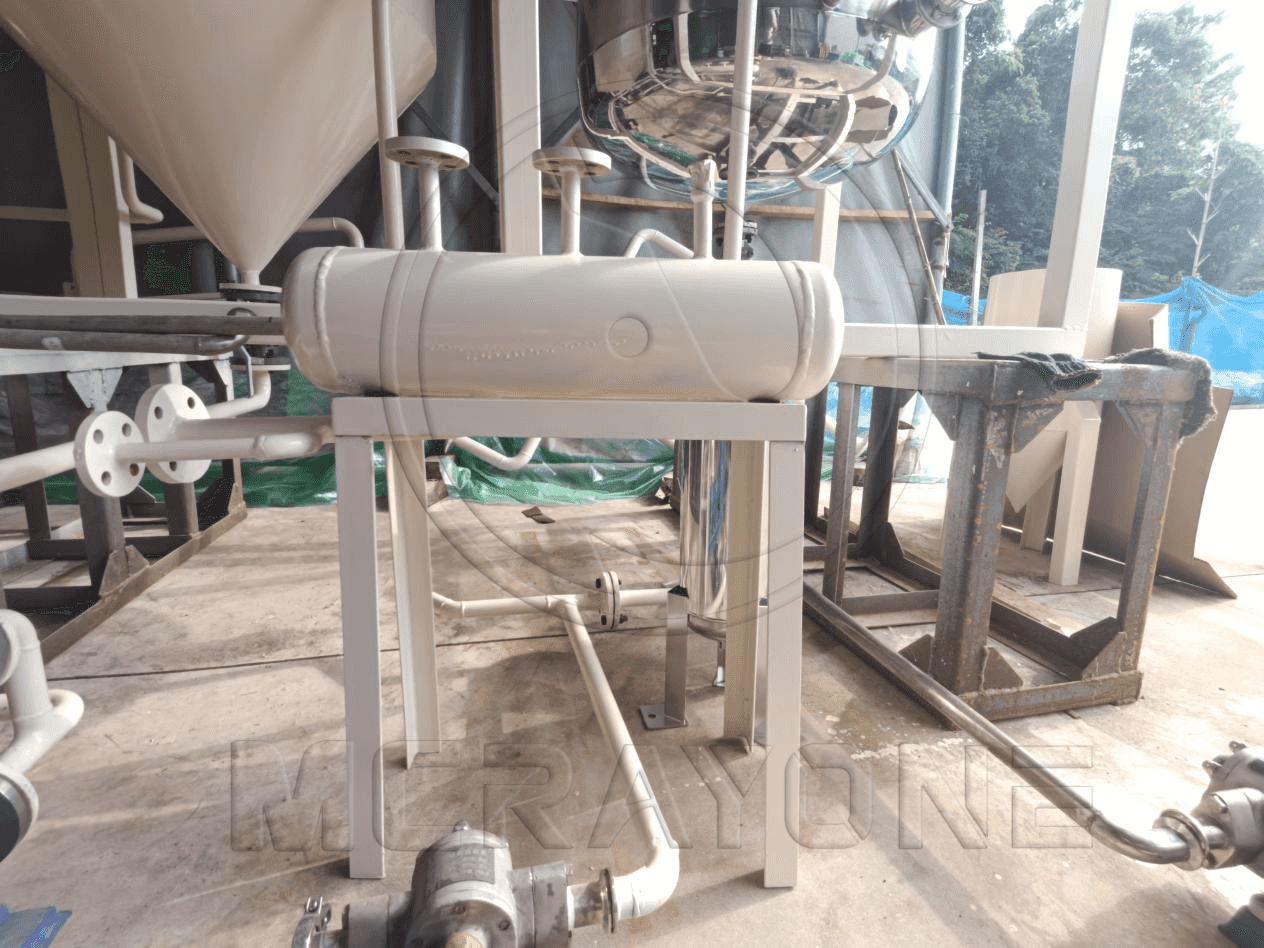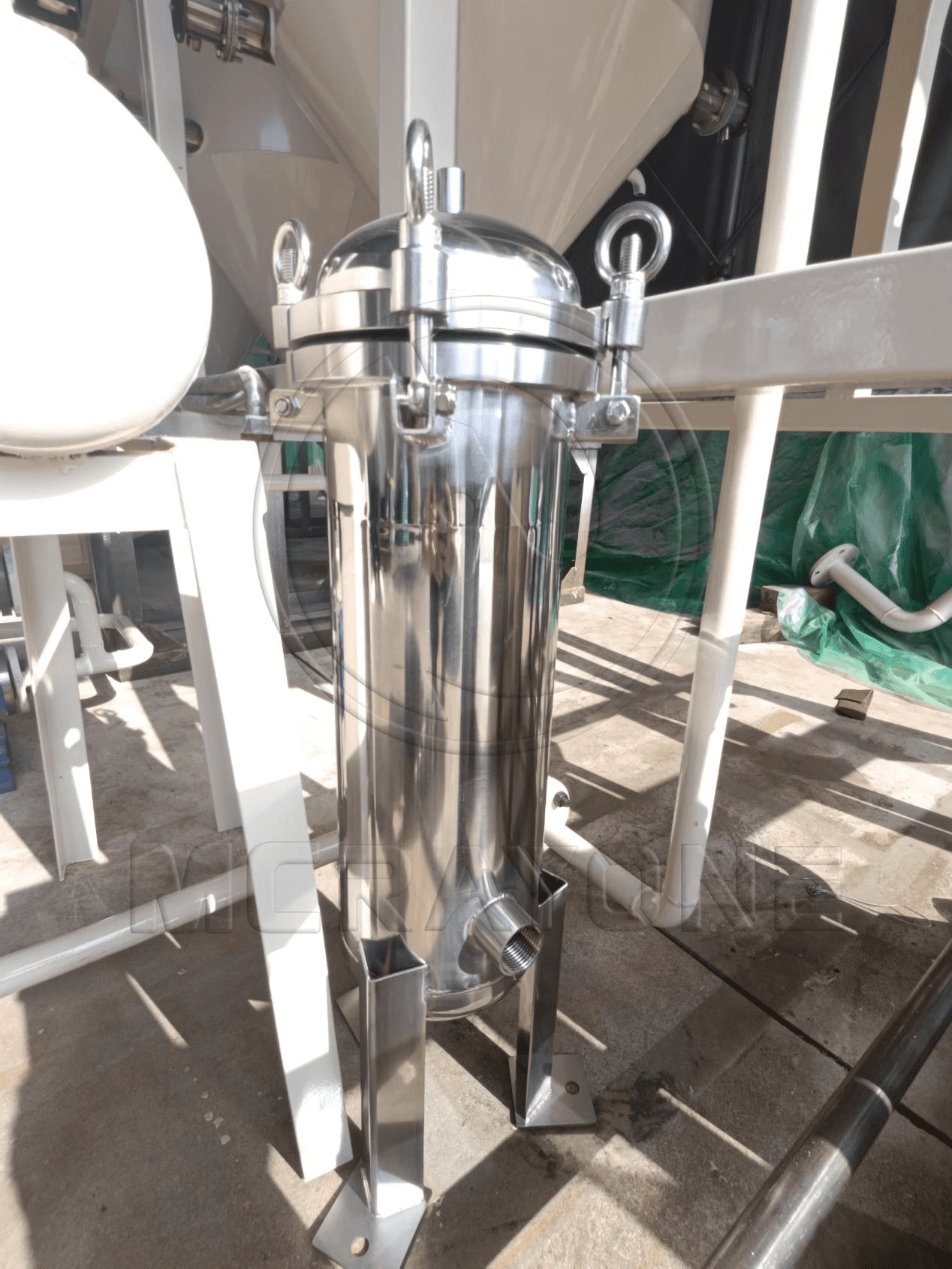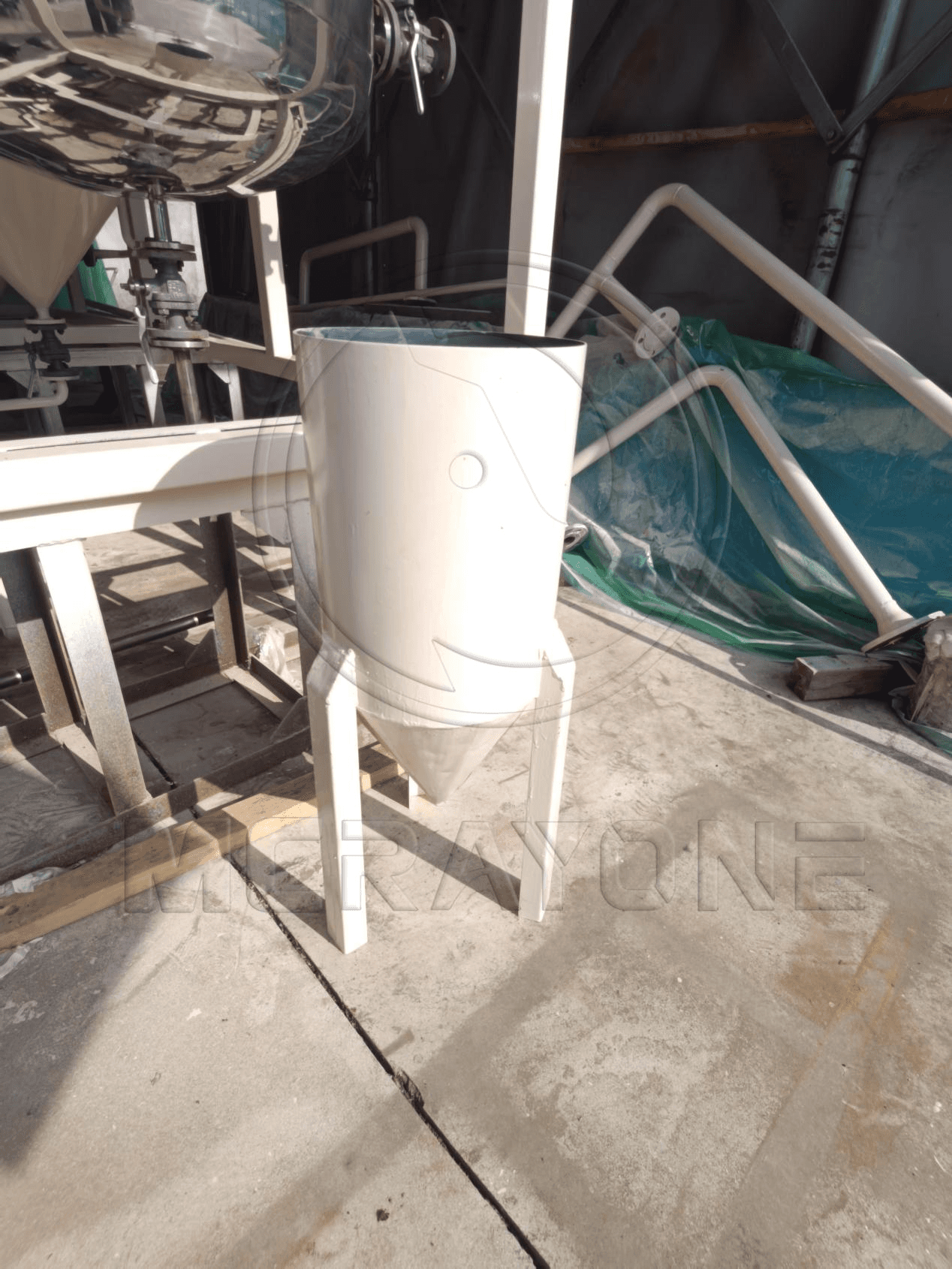Among these steps, decolorization plays a vital role as it helps improve the color and overall quality of the oil, ensuring it meets the required standards for further processing.
Palm oil contains a significant amount of carotene (0.05% - 0.2%), which gives it a dark orange hue. Unfortunately, alkalization alone cannot effectively eliminate this pigment. However, through oxidation, the color of the oil can be lightened to a general shade of yellow. Additionally, exposure to sunlight and air also contributes to the gradual decolorization of palm oil.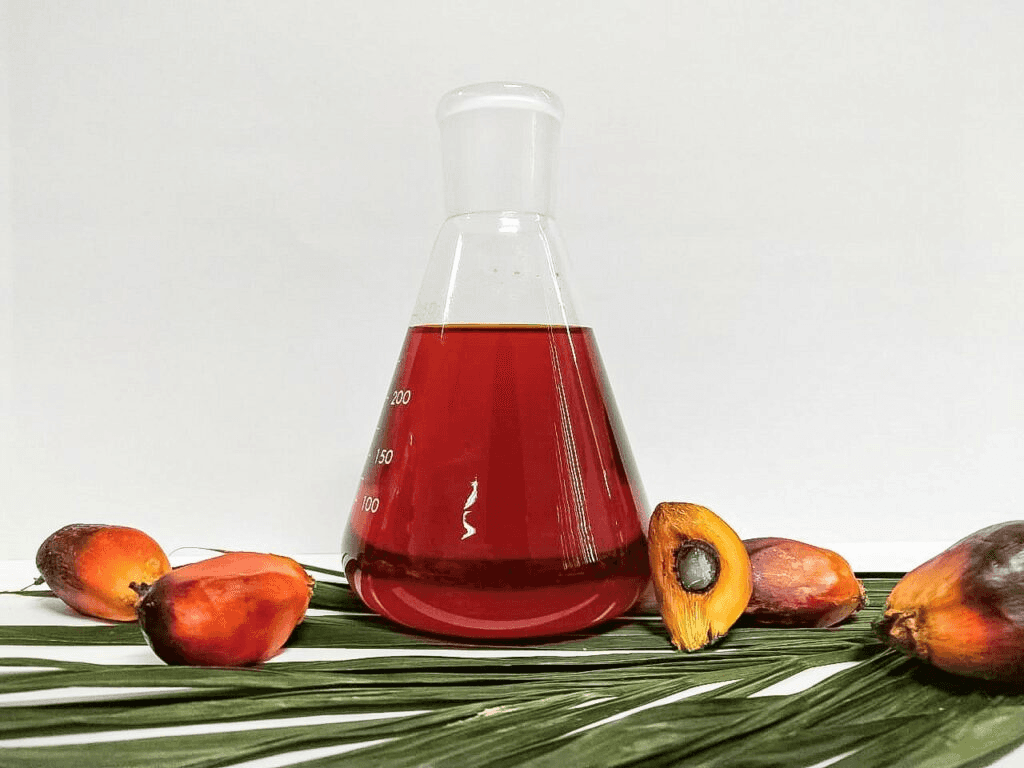
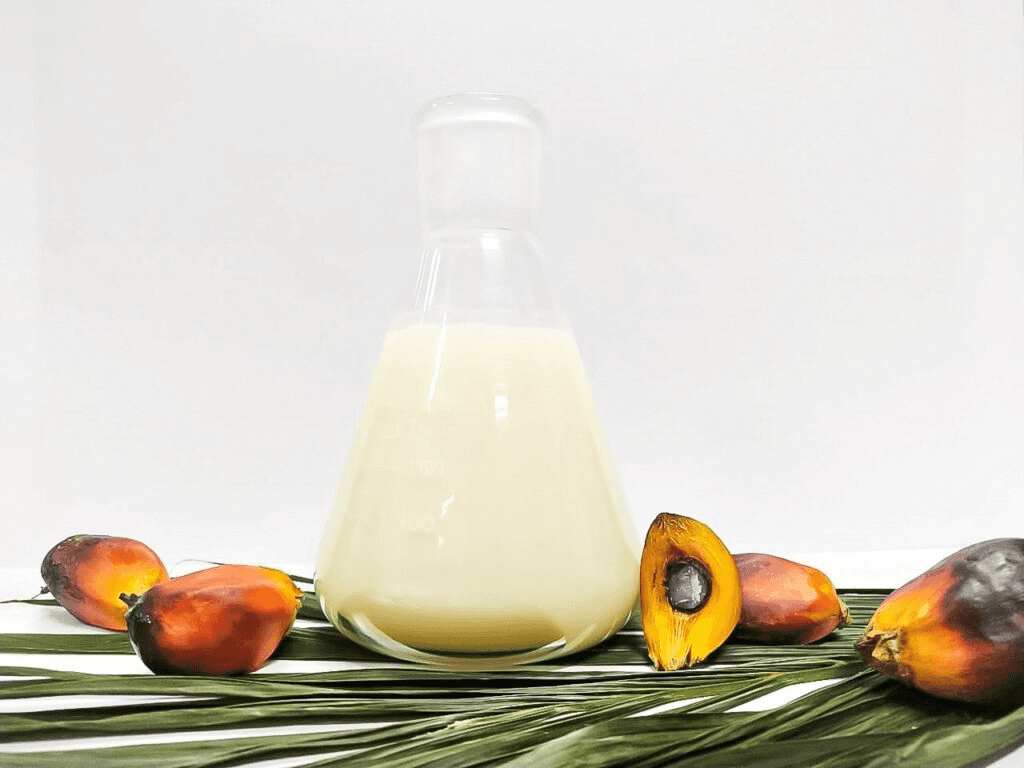
Crude palm oil exhibits deep color and poor clarity. Decolorization processing is employed to transform it into a nearly colorless and transparent oil, resembling a white texture when in a solid state. Apart from color improvement, decolorization also helps reduce the content of phospholipids, peroxide value, soap, and metal ions, enhancing the oil's color, flavor, and oxidation stability. This, in turn, provides optimal conditions for further refining processes like hydrogenation and deodorization.
Currently, the most common method of decolorization in modern processes involves active clay adsorption, utilizing clay's strong selective adsorption properties. Under specific conditions, this method effectively eliminates pigments dissolved in the oil as well as those dispersed in the form of colloidal particles and other impurities.
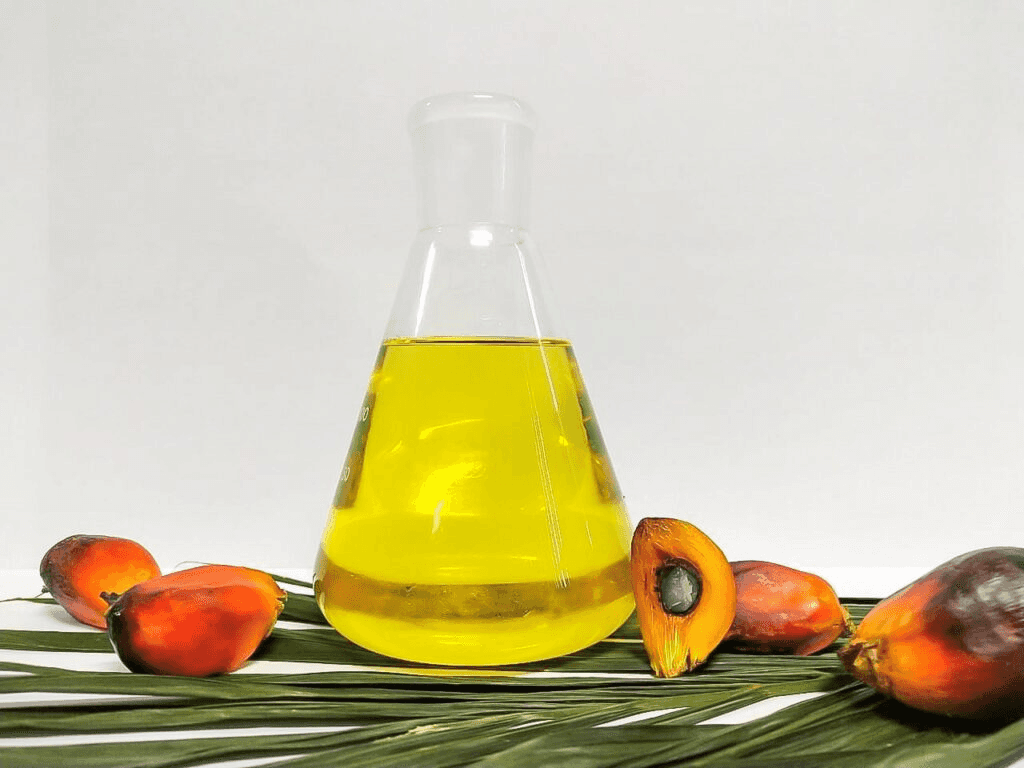
Given that oil palm fruit contains a high amount of lipase, the traditional refining process struggles to completely process or remove it. As a result, the presence of lipase can lead to hydrolysis and an increased generation of free fatty acids during palm oil processing. This ultimately affects the quality enhancement of palm oil products, particularly the increase in processed palm oleic acid value.
Therefore, an optimized decolorization treatment method for palm oil has been developed. This method involves desolventizing and drying the oil material to be decolorized. Subsequently, a decolorizing agent is added for predecolorization treatment. The process also includes decolorization and pressure filtration using clay filter cake. Next, pre-deodorization treatment is conducted using a filler-type deodorization tower as a container, supplemented with the addition of L-ascorbic acid permitate, flavonoids, and phosphoric acid for pressurized filtration and vacuum deodorization.
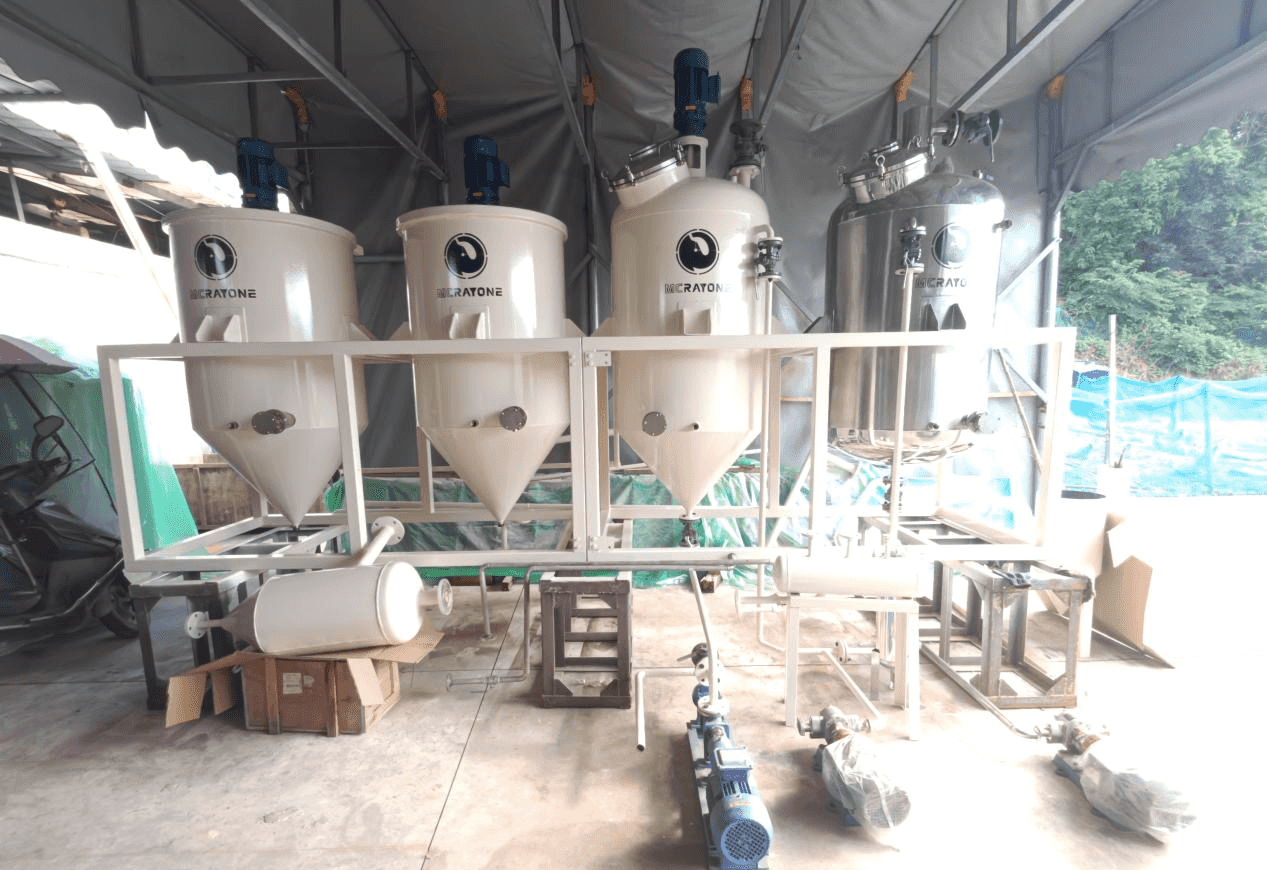
After the vacuum deodorization treatment, the oil undergoes rapid cooling to a temperature of 3-5°C for impurity treatment. Following the removal of impurities, the oil is mixed thoroughly in a premixed tank before being transferred to the decolorization tower for a three-stage refined treatment, resulting in the production of palm oil.
This optimized method effectively enhances the decolorization quality of palm oil, reduces the presence of retained lipase during the decolorization process, and minimizes the production of free fatty acids in subsequent processes.
Details Picture:
